 |
The arms of the Medieval Academy of America.
Rendered by Lucas Hofmann, 2024. |
Just as I began winding down data collection on the heraldic work of Pierre de Chaignon la Rose (1872-1941), I came across a special discovery. This discovery appeared highly suspicious and needed to be qualified for la Rose's possible involvement--I sighed, admittedly, as sometimes finding hard evidence regarding the designer is not ordinarily an artifact most organizations readily have in their archives. Following 10 years of this work, I was skeptical about learning anything about the designer behind my newfound discovery.
The Medieval Academy of America was established in Boston during the later part of December 1925, and their adopted arms bore all the la Rosian hallmarks--especially given the design was based on another in my data. I was intrigued. After sending a detailed email to the Academy hoping to learn something, I waited. Much to my delight, I received a response from the director within an hour, and on a Sunday evening to boot. My suspicion was confirmed, la Rose had indeed designed these arms. Moreover, I learned from the archival documents that none other than Ralph Adams Cram (1863-1942), one of the founders of the new academical enterprise, recruited la Rose. I've said before, whenever Cram is involved and there's a need for heraldry, la Rose is surely close behind.
Unfortunately the Academy could not find a colored emblazonment of their arms, as seemingly all publications used a black and white line drawing. La Rose's blazon for these arms was discovered in the archives and offered the final piece to this puzzle. Something, I believed, needed to be done for the Academy, and the solution sparked an idea to celebrate the end of data collection.
I quickly contacted my colleague Lucas Hofmann, a talented digital artist in Europe, with my ideas. Essentially, we would recreate an exact emblazonment of the Academy's arms in full color and provide a variety of applications for their exclusive use.
 |
| Process flow for rendering a modern emblazonment. |
I selected a rather blurry image of the shield found inside the cover page from a 1929 Academy publication, believing this early line art represented the original from la Rose. From the images above, you can see how Hofmann took the blurred image and transformed it using color and shading.
It was important to capture every minute detail from the 1929 image, the lines for the rose, the rays from the sun, and so forth. I believe Hofmann pulled everything together beautifully, embodying exactly la Rose's creative design for the Academy. As far as we knew, the renderings provided to the Academy represented the first time in modern history that members could see their arms in full color--a major victory for la Rose.
 |
| Designing the armorial flag. Left is a pencil sketch by the author, and the digital emblazonment on the right is by Lucas Hofmann. |
Additionally, I wanted to give the Academy two applications of how they could use their arms as an armorial flag and a banner. Since the Academy hosts large academic conferences across the US, I felt it might be nice to have physical assets on display at gatherings to give members a sense of pride. While no such design existed in the archives, likely because the Academy did not commission a flag at that time, I was able to render the design based on collected data from la Rose which provides his technique for armorial flags.
From the image above, I made a pencil sketch illustrating how I believe la Rose would have rendered the arms as a flag--extending both cardinal and ordinal points of the sun to the edges of the border. We know one important aspect of la Rose's design philosophy was to "fill the field," and I wanted my sketch to honor that point.
The end result blew me away and exceeded my expectations. The Academy was truly appreciative of this unexpected gesture of gratitude, and my mission was accomplished.
From the beginning in 2014, I set out to not only collect la Rose's designs, but to help provide those organizations bearing his work with information about the designer and the rationale of their arms. My ultimate goal is to give the heraldic designer his proper place in history and nothing more. In the case of the Medieval Academy of America, bringing their arms to life in full color was exciting while honoring that goal at the same time.
Heraldry was meant to be seen in full color to provide clear identification of its owner. The arms of the Academy have become a cherished symbol of scholarly excellence widely recognized in the field of medieval studies. La Rose's design which is still used today will celebrate a highly respectable 100th birthday in 2027, proof that well designed armorial bearings convey powerful recognition and identity well into the 21st century.
.png)

.png)
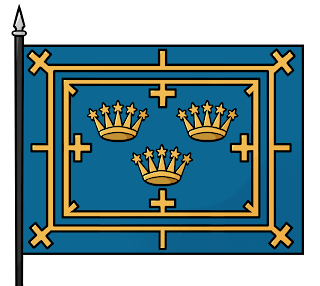
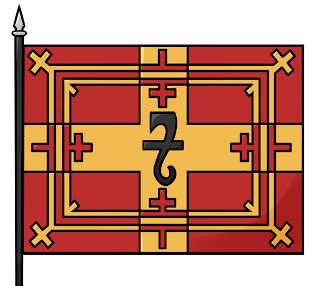
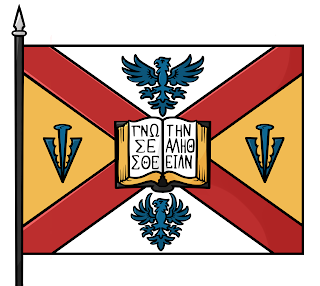
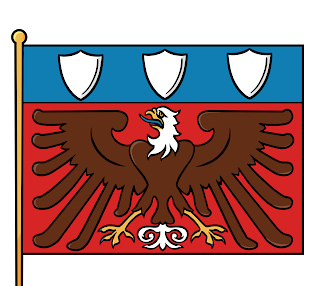
.PNG)
.PNG)
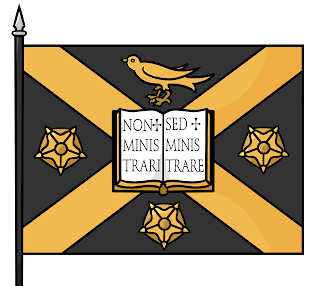
.png)
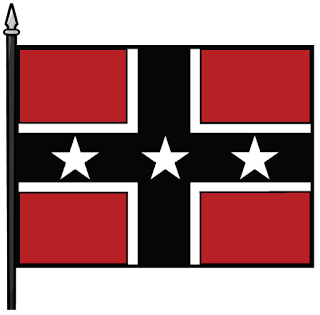
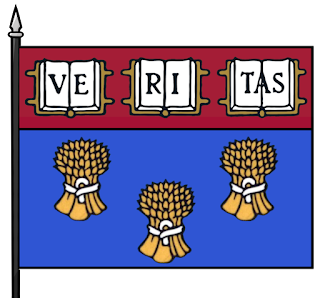
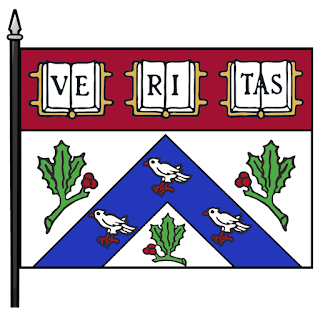
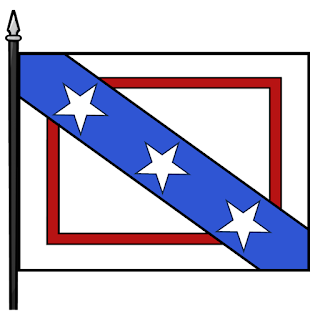
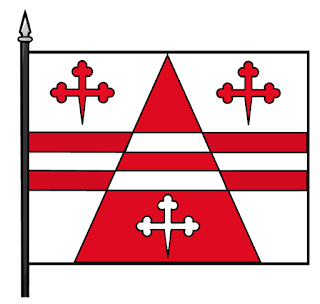
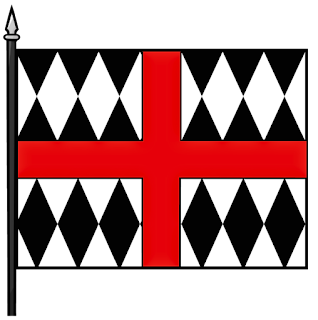
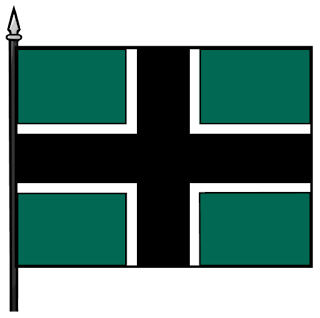
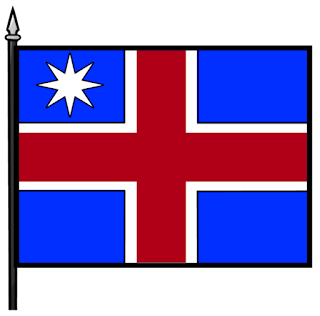
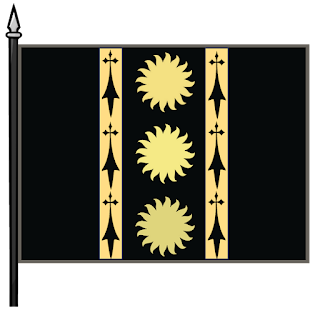
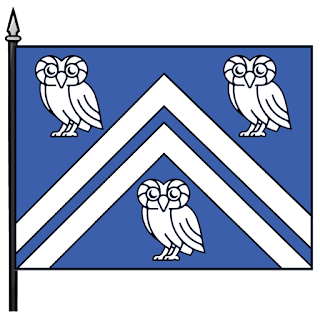






.png)
.png)




.png)







